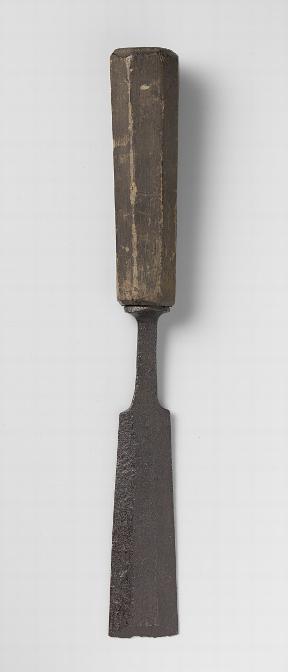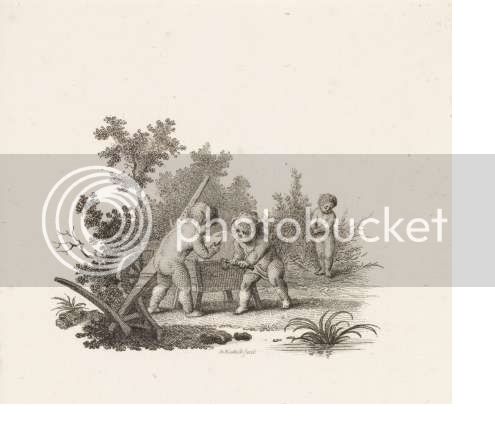A while back we had a long, rambling discussion about the bevel-edged chisel and its origins. I don't want to re-open that discussion but just want to offer a bit more information about one of the examples discussed.
Larry Williams and Corneel both pointed out that the Rijksmuseum has this sixteenth century bevelled edge chisel, salvaged from the wreck of a ship at the island of Nova Zembla

and indeed, if you search the museum's website you can see a nice high res photo of it from the front.
The point of this post is just to say that I came across some older photos of the same chisel which include a view from the side and I was surprised - it's quite unlike any other chisel I've seen. The blade is not central to the handle, but placed right at the back:

The image is from a 1922 book, "Early English Furniture & Woodwork" by Herbert Cescinsky and Ernest Gribble. Ignore the reference to the eighteenth century in the caption - the next page makes it clear that these tools are earlier.
Has anyone seen any other chisels made like this? Any thoughts on why it was made like that (bearing in mind it's not a style that survived)?
(More info and links to download or read the book online here: http://openlibrary.org/works/OL187730W/Early_English_furniture_woodwork)
Larry Williams and Corneel both pointed out that the Rijksmuseum has this sixteenth century bevelled edge chisel, salvaged from the wreck of a ship at the island of Nova Zembla

and indeed, if you search the museum's website you can see a nice high res photo of it from the front.
The point of this post is just to say that I came across some older photos of the same chisel which include a view from the side and I was surprised - it's quite unlike any other chisel I've seen. The blade is not central to the handle, but placed right at the back:
The image is from a 1922 book, "Early English Furniture & Woodwork" by Herbert Cescinsky and Ernest Gribble. Ignore the reference to the eighteenth century in the caption - the next page makes it clear that these tools are earlier.
Has anyone seen any other chisels made like this? Any thoughts on why it was made like that (bearing in mind it's not a style that survived)?
(More info and links to download or read the book online here: http://openlibrary.org/works/OL187730W/Early_English_furniture_woodwork)

































